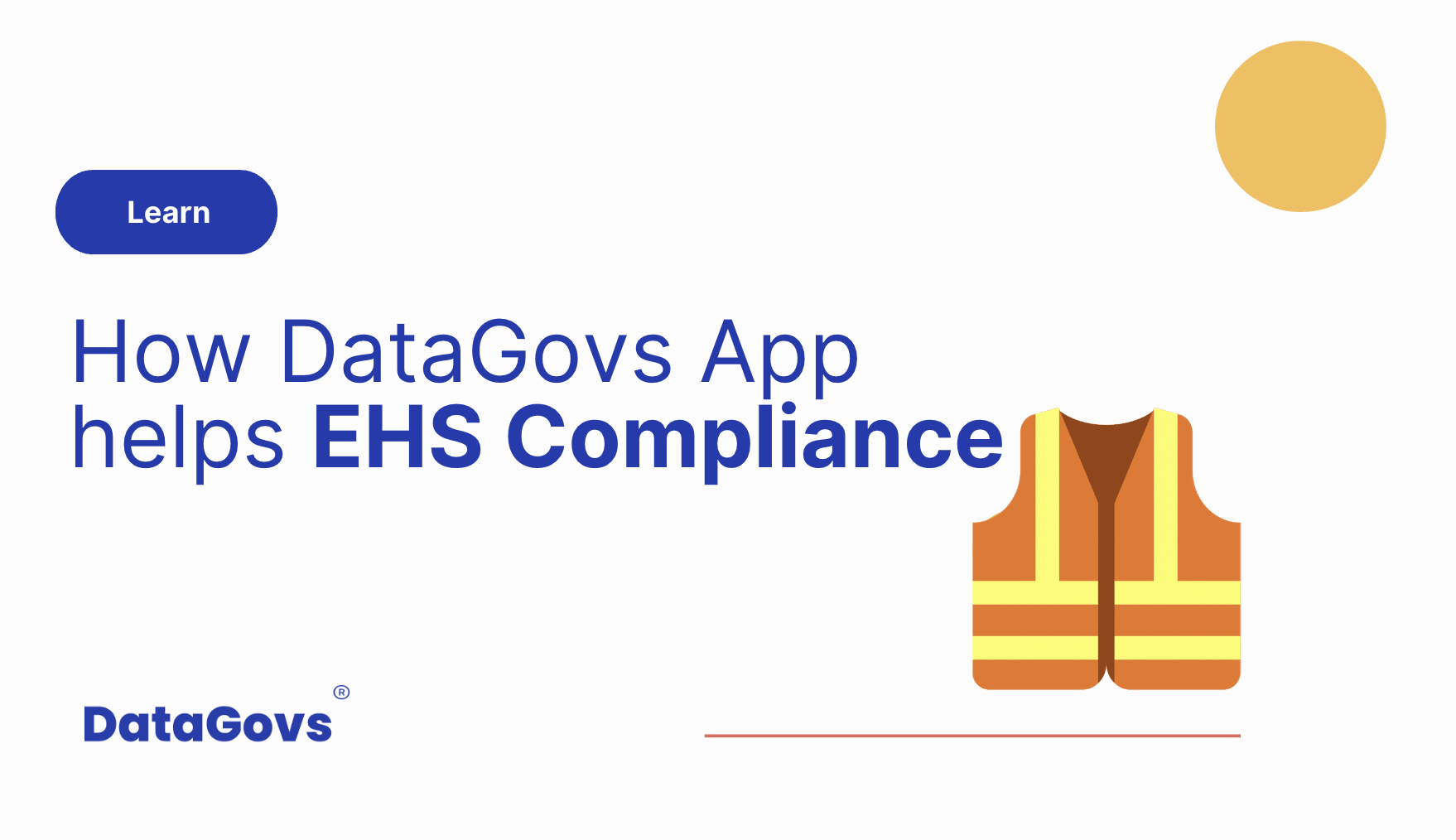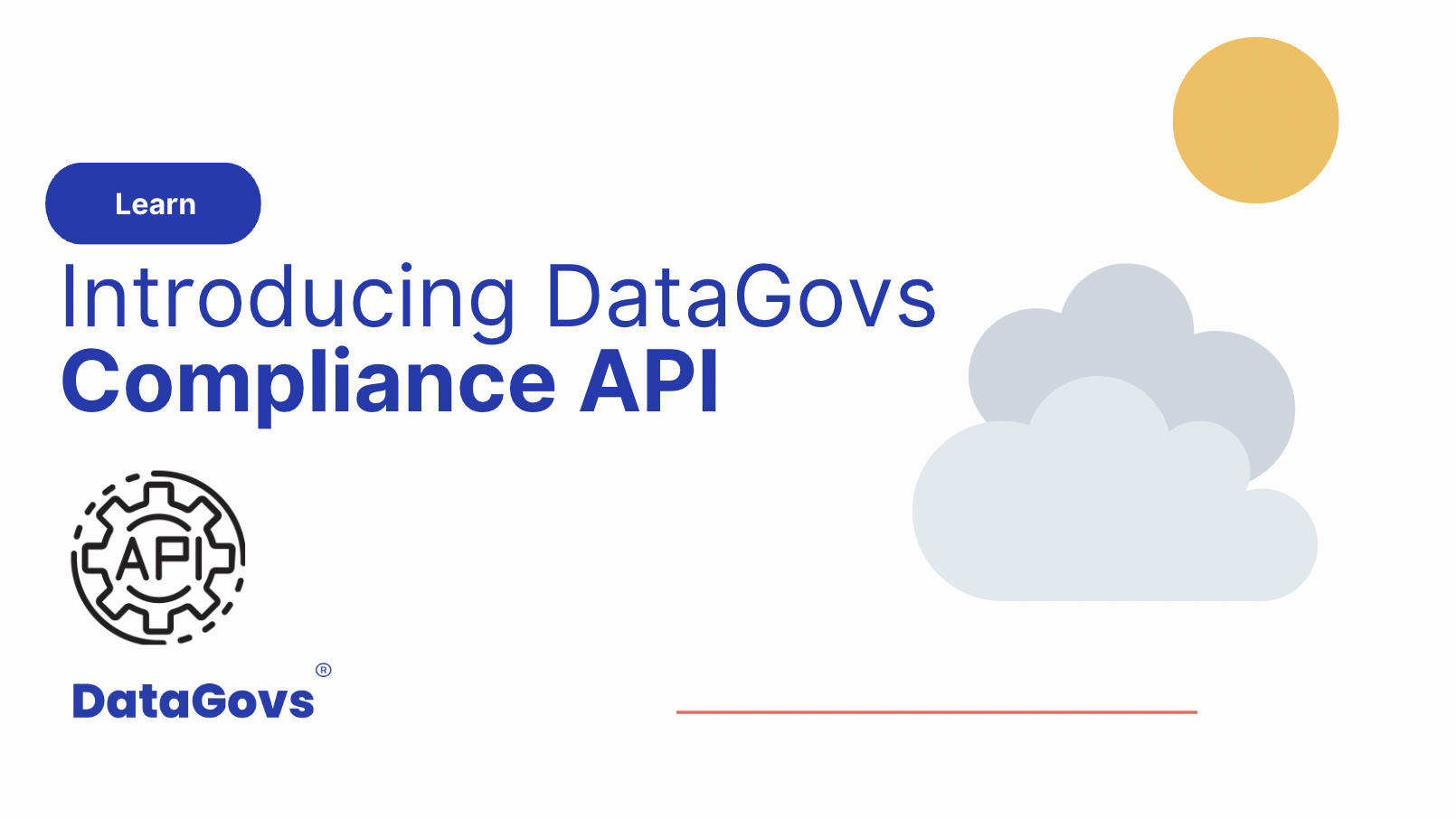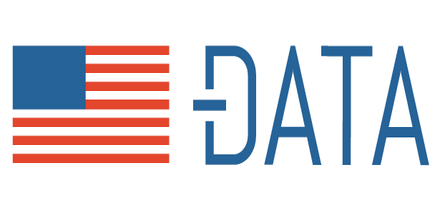
DataGovs for Specification Management
Every organization dealing with products and package has to work with specification requirements that they need to meet. In physical products, Stock Keeping Units (SKUs), have grown wildly and teams struggle to keep track of all the various types. The tools to track this are often spreadsheets, excel, emails, and legacy systems that keep teams behind on tasks. In a modern data world, teams are looking to update how they manage specifications. Here is how DataGovs sits in the data management workflow to collect and analyze data fast for teams.
DataGovs play a role in assisting industries with specification management. Specification management refers to the process of defining, organizing, and controlling the specific requirements and characteristics of products, materials, or processes used in various industries. This information is vital for ensuring consistency, quality, and compliance throughout the product development and manufacturing lifecycle.
Here’s how our software is helping in this context:
- Centralized Data Repository: A unified API where all specifications related to products, materials, and processes can be stored. This ensures that the information is easily accessible to relevant stakeholders across the organization.
- Version Control: Specifications may go through multiple revisions during their lifecycle. Data management software enables version control, ensuring that the latest version is always available and easily identifiable. DataGovs ensures that everyone is working with the most up-to-date information.
- Collaboration and Workflow Management: Often, multiple teams and departments are involved in creating and approving specifications. It also facilitates the implementation of structured workflows, ensuring that the right people review and approve specifications at each stage.
- Cross-Referencing and Traceability: With DataGovs, industries can easily cross-reference specifications with other related documents, such as regulations, standards, or test results. This traceability ensures that each specification is compliant with relevant requirements and helps in identifying potential issues or deviations.
- Search and Retrieval: Data management software typically includes powerful search functionalities, allowing users to quickly find specific specifications or related data.
- Quality Control and Compliance: By enforcing standardized specification management processes, DataGovs helps improve quality control and compliance. It ensures that products are manufactured consistently to meet required standards, reducing the risk of defects and regulatory violations.
- Analytics and Reporting: Analytical tools integrated into DataGovs can provide valuable insights into specification-related trends, performance, and potential areas for improvement.
- Integration with PLM and ERP Systems: In many industries, specification data is closely tied to Product Lifecycle Management (PLM) and Enterprise Resource Planning (ERP) systems we offer integrations for each of these systems on a per-user basis.
DataGovs is already streamlining the process of specification management, promoting collaboration, consistency, and compliance across industries. By providing a single source of truth for specifications, it enhances efficiency, reduces errors, and ultimately contributes to the delivery of high-quality products and services.



